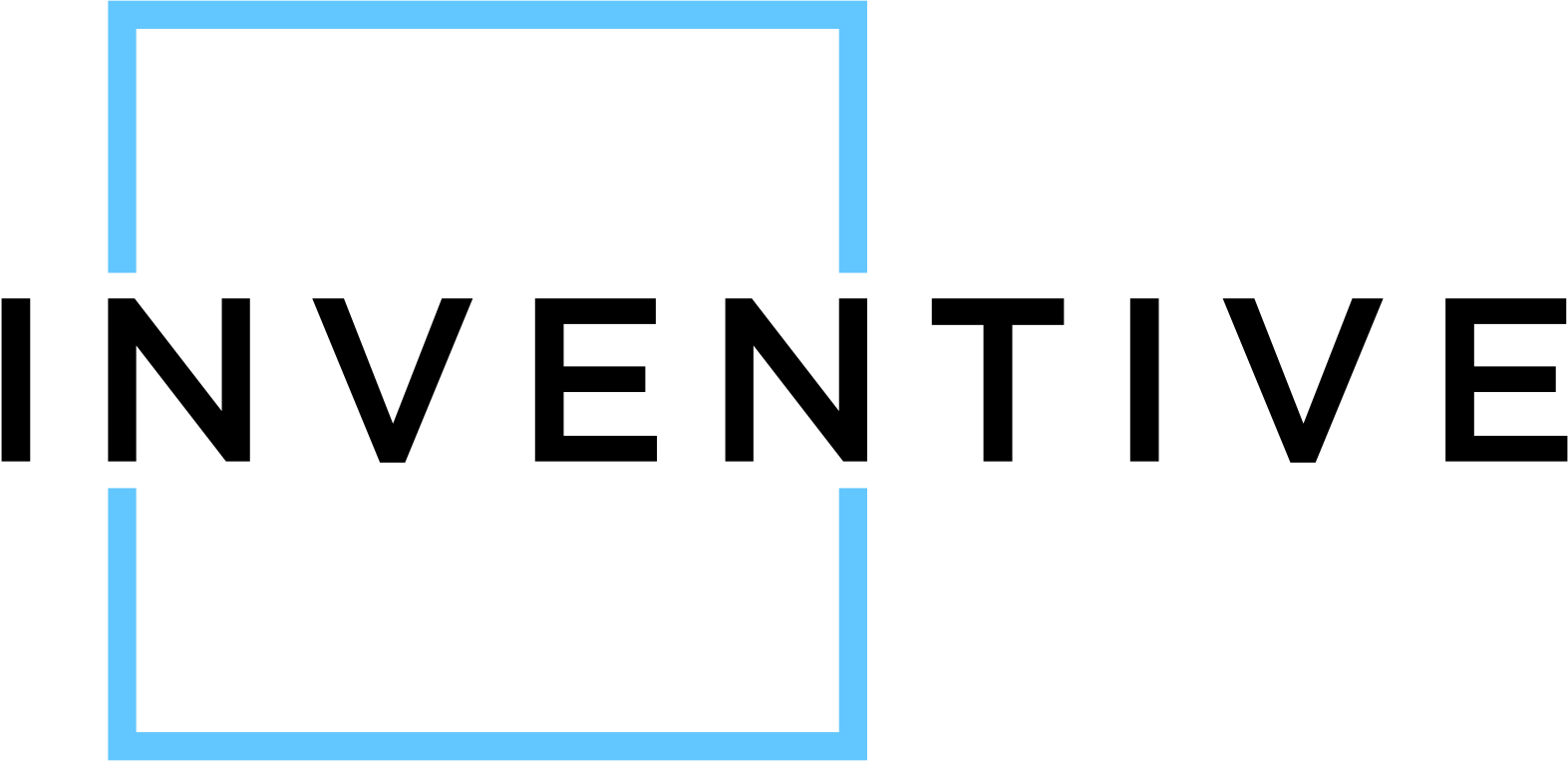Your Content Creation Pipeline Is Always Behind
AI helps brainstorm, draft, and edit blogs, emails, and social posts—saving time while keeping your brand voice tight.


Your Content Creation Pipeline Is Always Behind
AI helps brainstorm, draft, and edit blogs, emails, and social posts—saving time while keeping your brand voice tight.
Write Less. Publish More.
Stop letting great ideas die in your drafts folder. Start creating at the speed of your ambition.
Skip the Blank Page.
Templates are tired. AI gives you a head start that actually sounds like you. Say goodbye to blank pages and cookie-cutter copy.
BUSINESS PROBLEM

Across multiple industries, SMBs are struggling with content creation pipelines that consistently fall behind schedule, creating bottlenecks that impact revenue and growth. Shopify, for example, reported that their marketing teams were spending upwards of 25 hours per week manually coordinating content workflows across departments, resulting in delayed product launches and missed market opportunities. Without centralized systems, their content approval cycles stretched to 12-15 days, significantly longer than industry benchmarks of 5-7 days.
At educational technology company Instructure, manual content production processes created an estimated $380,000 annual productivity loss and delayed course material updates by an average of three weeks. This inefficiency directly impacted their customer retention rates, which improved by 12% after implementing automated content workflows. Similarly, logistics provider XPO Logistics found that their decentralized content management created inconsistent messaging across 30+ regional markets, with content teams reporting spending 40% of their time searching for assets and coordinating approvals rather than creating new materials.
The human cost of these inefficiencies extends beyond financial implications. According to a 2022 Asana survey of marketing professionals across 800 SMBs, 71% reported feeling burned out due to repetitive content coordination tasks, with 65% citing high frustration with unclear feedback cycles. Content teams at HubSpot partners described the psychological toll of "always being behind," with the pressure to produce consistent content while losing creative time to administrative tasks. This dynamic leads to higher turnover rates specifically among content creators, with companies like MailChimp noting 22% higher attrition in content roles compared to other positions.
The lack of automation and AI integration in content processes creates particularly acute problems for e-commerce businesses. Wayfair suppliers reported that manually updating product descriptions across multiple platforms takes 3-4 times longer than necessary, with staff spending approximately 18 hours weekly on tasks that could be automated. Service-based SMBs like accounting firm Bench reported similar challenges, with their blog content production consistently running 2-3 weeks behind schedule, directly impacting lead generation by an estimated 15-20% during key tax seasons. In both cases, businesses exist in a perpetual state of playing catch-up rather than strategically planning content that drives business objectives.
These manual content bottlenecks fundamentally limit business scalability. Manufacturing firm Graco documented how their technical documentation team could not support new product releases at the pace of innovation, creating a 4-6 week lag between product availability and complete documentation. Media monitoring company Meltwater calculated that their disjointed content pipeline cost them approximately $210,000 annually in redundant work and missed sales opportunities. In both cases, content processes designed for smaller operations became significant constraints as the businesses attempted to scale, preventing them from effectively competing with larger, more automated competitors who could produce more content with fewer resources.
SOLUTIONS

Problem 1:
Marketing teams spending excessive time (25+ hours weekly) manually coordinating content workflows across departments, resulting in delayed product launches and extended approval cycles.
Solution 1:
This n8n workflow automates the content creation pipeline by integrating project management tools with communication platforms. When new content is requested in Asana or another project management tool, the workflow automatically creates appropriate tasks, assigns them to team members, and establishes deadlines. It then sends notifications via Slack or email when tasks are completed or approaching deadlines. The workflow includes approval routing to ensure content meets standards before publication, significantly reducing the manual coordination time and shortening approval cycles from 12-15 days to the industry benchmark of 5-7 days.
Reference: https://n8n.io/workflows/1227/
Problem 2:
Content teams spending 40% of their time searching for assets and coordinating approvals rather than creating new materials, leading to inconsistent messaging across multiple markets.
Solution 2:
This Make.com scenario creates a centralized digital asset management system that connects cloud storage solutions with content management platforms. The workflow automatically categorizes and tags new content assets, making them easily searchable. When team members need specific assets, they can request them through a form, and the workflow automatically retrieves and delivers the relevant files. Additionally, the system implements a structured approval process where stakeholders are notified when content needs review, can provide feedback directly within the platform, and approvals are tracked systematically. This solution dramatically reduces time spent searching for assets and streamlines the approval process.
Reference: https://www.make.com/en/templates/2698-automatically-backup-wordpress-media-library-to-google-drive
Problem 3:
E-commerce businesses spending approximately 18 hours weekly manually updating product descriptions across multiple platforms, making the process 3-4 times longer than necessary.
Solution 3:
This n8n workflow automates product content distribution across multiple e-commerce platforms and marketplaces. When product information is updated in a central system (like a PIM or ERP), the workflow automatically extracts the relevant data and formats it appropriately for each destination platform such as Shopify, Amazon, eBay, and social media channels. The solution includes handling of different format requirements for each platform and can be scheduled to run at regular intervals or triggered when changes are made to product information. This automation eliminates the manual work of reformatting and copy-pasting product descriptions, reducing the 18 hours of weekly work to a fraction of the time.
Reference: https://n8n.io/workflows/1123/
Problem 4:
Blog content production consistently running 2-3 weeks behind schedule, directly impacting lead generation by an estimated 15-20% during key business seasons.
Solution 4:
This Make.com scenario creates an end-to-end blog content production pipeline that integrates content ideation, creation, editing, and publication. The workflow starts by monitoring trending topics or keyword opportunities using SEO tools, then automatically creates content briefs and assigns them to writers with appropriate deadlines. It tracks the progress of each piece through drafting, editing, and approval stages, sending automated reminders when tasks are due. Once approved, the workflow automatically formats and schedules the content for publication on the website and distribution across social media and email channels. The scenario can also analyze content performance post-publication to inform future content strategy.
Reference: https://www.make.com/en/templates/1003-schedule-wordpress-posts-from-google-sheets
Problem 5:
Technical documentation teams unable to support new product releases at the pace of innovation, creating a 4-6 week lag between product availability and complete documentation.
Solution 5:
This n8n workflow streamlines technical documentation creation and updates by connecting product development systems with documentation platforms. The automation monitors product development tools (like GitHub, JIRA, or product databases) for changes or new releases, then automatically triggers documentation update requests. It extracts relevant technical information from commits, pull requests, or release notes and creates structured documentation drafts or update tickets. The workflow routes these to technical writers with clear indicators of what needs updating, includes relevant code samples or API changes, and maintains version control. Once documentation is updated, it automatically publishes to appropriate channels and notifies stakeholders. This solution significantly reduces the lag between product releases and documentation updates.
Reference: https://n8n.io/workflows/782/
Write Less. Publish More.
Stop letting great ideas die in your drafts folder. Start creating at the speed of your ambition.
LIFE AFTER

Picture this: you're the head of a bustling e-commerce company that finally decided to give its content creation pipeline a makeover worthy of an HGTV home reno show. Instead of your marketing team spending more hours coordinating content workflows than watching TikTok, you opted for an n8n workflow that integrates project management with communication platforms. Gone are the days when content approval cycles dragged on like a decade-in-the-making movie sequel. With automated notifications making sure everyone stays on script, your product launches are now hitting the market as fast as new seasons of binge-worthy shows drop, and approval cycles are slicing down to the industry-standard 5-7 days, eloping the choreographed chaos that was your previous workflow.
Meanwhile, at an educational technology company that's more brainiac than bureaucratic, having centralized digital asset management is not just a wishful thought but an implemented reality. With Make.com, they devised an elaborate plan akin to heist movies, where finding assets is not about sifting through an abyss of files but pressing a button akin to a red carpet rollout. Automatic tagging and retrieval systems mean the team can focus on crafting educational materials that ignite imaginations rather than scouring for elusive files. It's the type of transformation that turns arduous exploration into a smooth ride, akin to a meticulously planned tour instead of a frantic dash through an airport.
In the vibrant world of e-commerce, the struggle with manual updates to product listings once felt like the endless loop of a sitcom where characters never learn. By embracing n8n's automation, product content now flows seamlessly across various platforms, updating faster than social media trends change. With flexible formatting tailored per platform, it's no longer the arduous task that made your team feel more like marathon runners and less like creatives. Now, they can finally let innovation take the wheel and spend those saved hours pioneering strategies that put your products on the map – instead of just on the timelines.
A logistics company, akin to a fleet of delivery trucks caught in downtown traffic, decided it was time to get the message straight and shared globally. In steps a sleek centralized system, courtesy of Make.com's workflows, automating asset searches, and approval processes, making inconsistent messaging across regions as outdated as floppy disks. Suddenly, their team finds themselves creating new content, jazzed up rather than bogged down by administrative grinds. The transformation from delay to dynamism opens pathways for fresh creativity and, inevitably, steady growth, revolutionizing the part of their operation once as tangled as Christmas lights in the attic.
As all these companies step into their vibrant new operational styles, what’s consistent is how cutting down on repetitive, manual processes has gifted them back time and sanity. The quick turnaround from chaos to clarity isn’t just a relief; it’s a revelation. For small to medium-sized business entrepreneurs or executives feeling like they're always a step behind, consider this your gentle reminder: when automation enters, inefficiency takes an exit, and content pipelines transform into conduits of creativity and growth. Curious to see how this could work for you? The conversation doors are always open, with the potential for transformation right beyond the threshold.
Skip the Blank Page.
Templates are tired. AI gives you a head start that actually sounds like you. Say goodbye to blank pages and cookie-cutter copy.
Customer Testimonials
Our AI, Agent, and workflow automation has saved customers countless hours.
Inventives’ efforts helped the client to understand the real implications of investing in this project. The task was overruled through a great communication process with the partner. Their job was praised due to the decision they reached, which made the client happy


The code provided met the needs and expectations of the internal team. Despite some issues with project management, the Inventive team possessed the necessary technical expertise for the project. They were open and receptive to feedback.


Thanks to the contributions of the Inventive team, the company saw an approximately 2% increase in their conversion rate, exceeding their expectations. The overall workflow is effective with weekly meetings that review, analyze, and discuss results and how to move the project forward.



